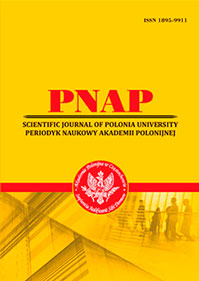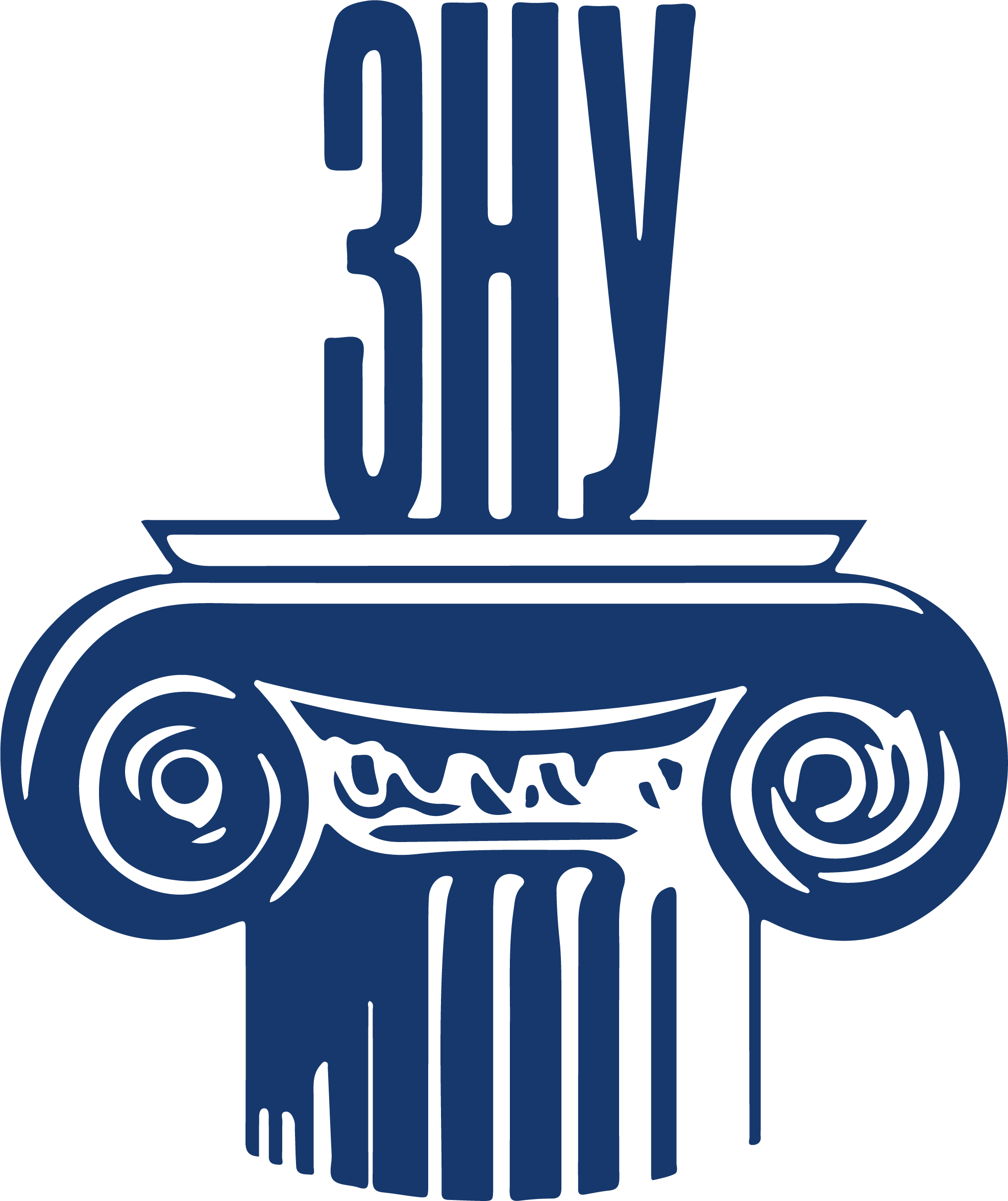THE PLACE OF THE PHENOMENON OF IRONY IN LINGUISTICS: BASIC APPROACHES AND LEVELS OF ANALYSIS
Abstract
The research is focused on the study of the linguistic specificity and status of irony, the identification of its ontological features, the peculiarities of the generation and interpretation of ironic meaning from the point of view of rhetorical-stylistic, structural-semantic, pragmatic and cognitive approaches. From the structural-semantic perspective, irony is examined within the meaning of a separate lexical unit or within the structure of a separate sentence based on objective dictionary definitions or an associative complex structured by stereotypical knowledge. Despite the conceptually new level of interpretation of irony, the pragmatic theory studies irony at the level of an utterance in direct correlation with the communication situation. Within the cognitive paradigm, irony is considered as an element of a person’s conceptual system. A cognitive view of irony provides an opportunity to resolve issues that were neglected by previous linguistic theories, to consider the deep mechanisms of understanding irony at the level of discourse taking into account all pragmatic, sociocultural, and psychological characteristics. It is proved that despite the fundamental differences underlying the rhetoricalstylistic, structural-semantic, pragmatic and cognitive approaches, they cannot be considered conceptually direct opposites. Each of these approaches, using its scientific set of methods, deals with a certain facet of irony, leaving out other aspects of it. At the same time, it is emphasized that the whole variety of considered theories from the right angle can form a comprehensive and effective model for understanding irony. The comparison and critical analysis of rhetorical-stylistic, structural-semantic, pragmatic and cognitive approaches made it possible to reveal their common ground, namely the interpretation of irony as a single phenomenon with two forms of manifestation: ideal (an element of world perception) and material (an element of language). Those different approaches share the understanding of the main feature of irony – the presence of expressed and hidden meanings connected by relations of opposition or negation, and the distinction of its basic function – the expression of a subjective, emotionally charged attitude to reality.
References
2. Арнольд И.В. Стилистика современного английского языка. Москва, 1990. 330 с.
3. Вико Дж. Основания новой науки об общей природе наций. Киев, 1994. 618 с.
4. Грайс Г.П. Логика и речевое общение. Новое в зарубежной лингвистике. 1985. Вып. 16. С. 217–238.
5. Калита О.М. Засоби іронії в малій прозі (кінець ХХ – початок ХХІ століття) : монографія. Київ : Видавництво НПУ імені М.П. Драгоманова, 2013. 238 с.
6. Потебня А.А. Из записок по теории словесности. Харьков, 1905. 652 с.
7. Походня С.И. Языковые виды и средства реализации иронии. Киев, 1989. 128 с.
8. Прокофьев Г.Л. Ирония как прагматический компонент высказывания (на материале английского языка) : дис. … канд. филол. наук : 10.02.04. Киев, 1988. 206 с.
9. Селіванова О.О. Засади сучасної лінгвометодології. URL: http://conferences.neasmo.org.ua/node/581.
10. Серль Дж. Метафора. Теория метафоры. Москва : Прогресс, 1990. С. 307–342.
11. Amante D.J. The Theory of Ironic Speech Acts. Poetics Today. 1981. Vol. 2. No. 2. P. 77–96.
12. Clark H.H., Gerrig R.J. On the Pretense Theory of Irony. Journal of Experimental Psychology: General. 1984. Vol. 113. No. 1. P. 121–126.
13. Fauconnier J., Turner M. Principles of conceptual integration. Discourse and Cognition: Bridging the Gap / ed. by J.R. Koenig. Stanford, 1998. P. 269–283.
14. Gibbs R.W. Literal Meaning and Psychological Theory. Cognitive Science. 1984. Vol. 8. No. 3. P. 112–120.
15. Gibbs R.W. Process and Products in Making Sense of Tropes. Metaphor and Thought. Cambridge, 1993. P. 252–277.
16. Hartung M. Ironie in der Alltagssprache: Eine gesprachsanalytishe Untersuchung. Opladen/Wiesbaden, 1998. 198 s.
17. Haverkate H. A Speech act analysis of irony. Journal of Pragmatics. 1990. Vol. 14. P. 77–109.
18. Jackendoff R. Semantics and Cognition. Cambridge, 1993. 283 p.
19. Kurz G. Metapher, Allegorie, Symbol. Gottingen, 1997. 108 s.
20. Lakoff G. The Contemporary Theory of Metaphor. Metaphor and Thought. Cambridge, 1993. P. 202–252.
21. Leech G.N. Principles of pragmatics. London, New York, 1983. 250 p.
22. Muecke D.C. The compass of irony. London, 1969. 276 p.
23. Muecke D.C. Irony and the ironic. London and New York, 1982. 110 p.
24. Sandig B. Stilistik der deutschen Sprache. Berlin, New York, 1986. 370 s.
25. Sperber D. Irony and the use-mention distinction. Radical Pragmatics / ed. by P. Cole. New York, 1981. P. 295–318.
 ISSN
ISSN 


.png)



